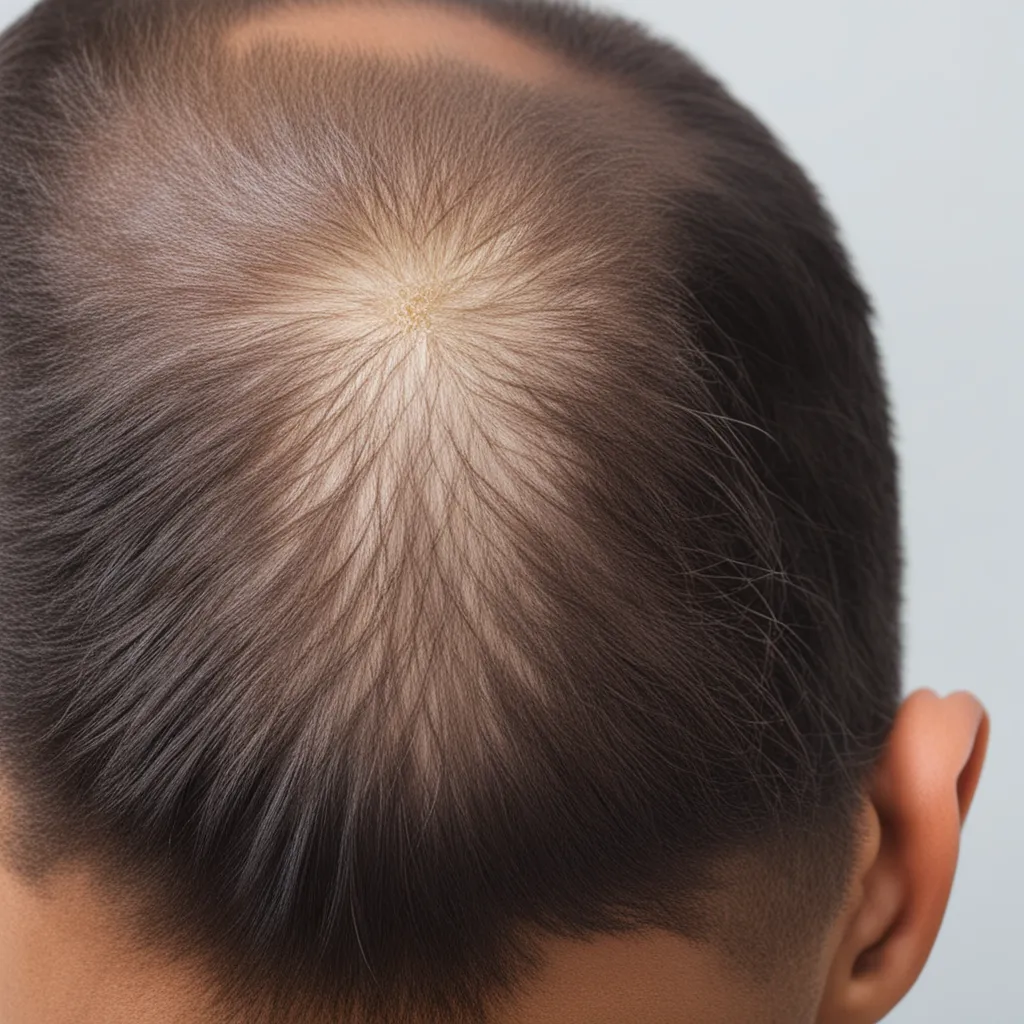How to Treat Scalp Ringworm: A Comprehensive Guide
How to Treat Scalp Ringworm: A Comprehensive Guide
Scalp ringworm, medically known as tinea capitis, is a common fungal infection that affects the scalp, particularly in children. It can cause round, scaly patches and hair loss. Understanding how to effectively treat this condition is crucial for preventing its spread and ensuring a speedy recovery. This 500-word article offers a comprehensive guide on how to treat scalp ringworm.

Understanding Scalp Ringworm
Scalp ringworm is caused by a fungus that invades the hair shafts. It is highly contagious and can be spread through direct contact with an infected person or by sharing personal items like combs, hats, or pillows. The condition is characterized by one or more round patches of scalp hair loss, often accompanied by redness, scaling, and itching.
Diagnosis
The first step in treating scalp ringworm is accurate diagnosis. If ringworm is suspected, it’s important to visit a healthcare provider. They may examine the scalp under a special light known as a Wood's lamp, where the fungus may glow. In some cases, a sample of the affected hair or scalp might be taken for laboratory testing to confirm the diagnosis.
Medication
Scalp ringworm is generally treated with antifungal medications. Unlike ringworm on other parts of the body, which might be treated with topical creams, scalp ringworm usually requires oral medication. The most common medications prescribed include griseofulvin, terbinafine, itraconazole, or fluconazole. The treatment duration can vary but often lasts several weeks to ensure the fungus is completely eradicated.
Application of Topical Therapies
In addition to oral medication, topical treatments like antifungal shampoos containing ketoconazole or selenium sulfide may be recommended. These shampoos can help reduce the spread of the fungus and are usually used two to three times a week. They should be applied to the scalp and left on for a few minutes before rinsing.
Managing Symptoms
To manage itching and discomfort, over-the-counter antihistamines or mild steroid creams may be recommended. However, it's important to consult a healthcare provider before using any additional treatments.
Preventing Spread
Since scalp ringworm is contagious, measures should be taken to prevent its spread. Avoid sharing personal items like combs, hats, and towels. Clean and disinfect combs, brushes, and bedding regularly. If a family member is infected, check other household members for signs of ringworm and treat them if necessary.
Hair Care
During treatment, gentle hair care is essential. Avoid hairstyles that pull on the hair, like tight ponytails or braids, as they can exacerbate hair loss. Also, refrain from using chemical hair treatments until the infection has completely cleared.
Nutrition and Lifestyle
A healthy diet and lifestyle can support the body’s immune system, which is vital for fighting off infections like scalp ringworm. Ensure a balanced diet rich in vitamins and minerals and maintain good personal hygiene.
Follow-Up
Follow-up with a healthcare provider is important to ensure that the infection is fully resolved. They may perform additional examinations or tests to confirm that the fungus has been completely eradicated.
Conclusion
Treating scalp ringworm effectively requires a combination of proper diagnosis, medication, symptom management, and preventive measures. Adhering to the prescribed treatment regimen and maintaining good personal hygiene practices are key to a speedy recovery and preventing the spread of the infection. With the right approach, scalp ringworm can be successfully treated, allowing for the return of healthy scalp and hair.